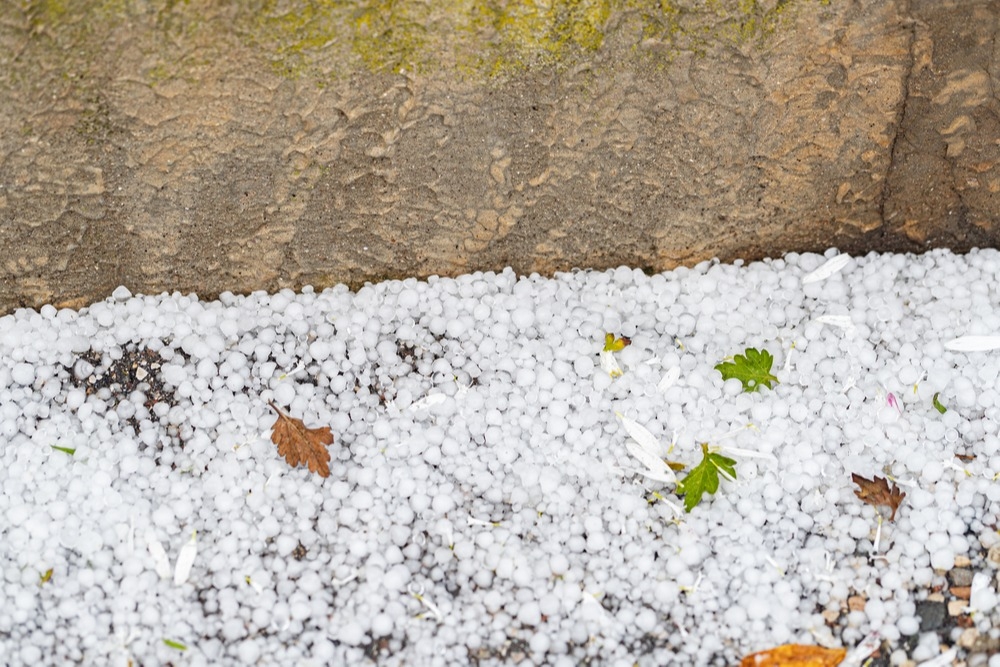What do I do about my recent hail damage in North East Colorado?
Living in Colorado, we are well acquainted with the occurrence of hailstorms. Over the past decade, our state has witnessed insured damages exceeding $3 billion, with more reports of 3-inch hail in 2018 than the previous two decades combined. Given the high likelihood of encountering such storms, it is crucial for homeowners to understand how to respond when hail strikes.
When hail damage affects the functionality rather than just the appearance of your property, it becomes necessary to address the issues promptly. However, it is equally important to be aware of what your homeowners insurance covers and what it does not.
Understanding the precise coverage provided by your insurance company is crucial, and it is advisable to engage in a discussion with them if any uncertainties arise regarding your policy. One significant inquiry to make is whether filing a claim for hail damage will lead to an increase in your premium. As stated by insurance.com, "since weather-related damage is not due to your negligence, your insurer generally does not raise your rate. However, if you have filed a claim within the past three years and the hail claim is your second, there may be a possibility of a rate increase."
To assess whether your home has sustained hail damage, the safest approach is to conduct a ground inspection. This initial assessment will indicate whether you or an inspector should proceed to examine the roof further.If you observe any of the following signs, it is advisable to engage hail damage removal professionals to evaluate and restore your roof and home:
If you suspect you have any damage from the recent hail storm that hit Erie, Greeley, Aurora, Parker, please do not hesitate to give us a call or visit our website at www.newgenroofing.com
Go Back When hail damage affects the functionality rather than just the appearance of your property, it becomes necessary to address the issues promptly. However, it is equally important to be aware of what your homeowners insurance covers and what it does not.
Understanding the precise coverage provided by your insurance company is crucial, and it is advisable to engage in a discussion with them if any uncertainties arise regarding your policy. One significant inquiry to make is whether filing a claim for hail damage will lead to an increase in your premium. As stated by insurance.com, "since weather-related damage is not due to your negligence, your insurer generally does not raise your rate. However, if you have filed a claim within the past three years and the hail claim is your second, there may be a possibility of a rate increase."
To assess whether your home has sustained hail damage, the safest approach is to conduct a ground inspection. This initial assessment will indicate whether you or an inspector should proceed to examine the roof further.If you observe any of the following signs, it is advisable to engage hail damage removal professionals to evaluate and restore your roof and home:
- Noticeable dents on metal facades, especially gutters, gutter screens, and downspouts
- Accumulation of shingle granules beneath your drainpipe and in your gutters
- Chips and dings in the paint on the exterior of your house
- Damage on exposed metal surfaces and appliances, such as air conditioning units
- Impaired window sills and casings
- Dings in the paint or stain on your porch
- Harm to structures like sheds, patio covers, or gazebos
- Shredded leaves and foliage around your property
- Sections of broken concrete on your driveway
If you suspect you have any damage from the recent hail storm that hit Erie, Greeley, Aurora, Parker, please do not hesitate to give us a call or visit our website at www.newgenroofing.com
